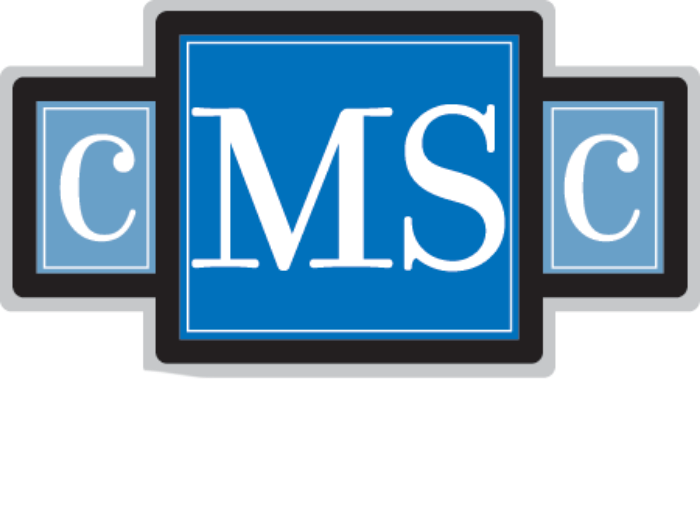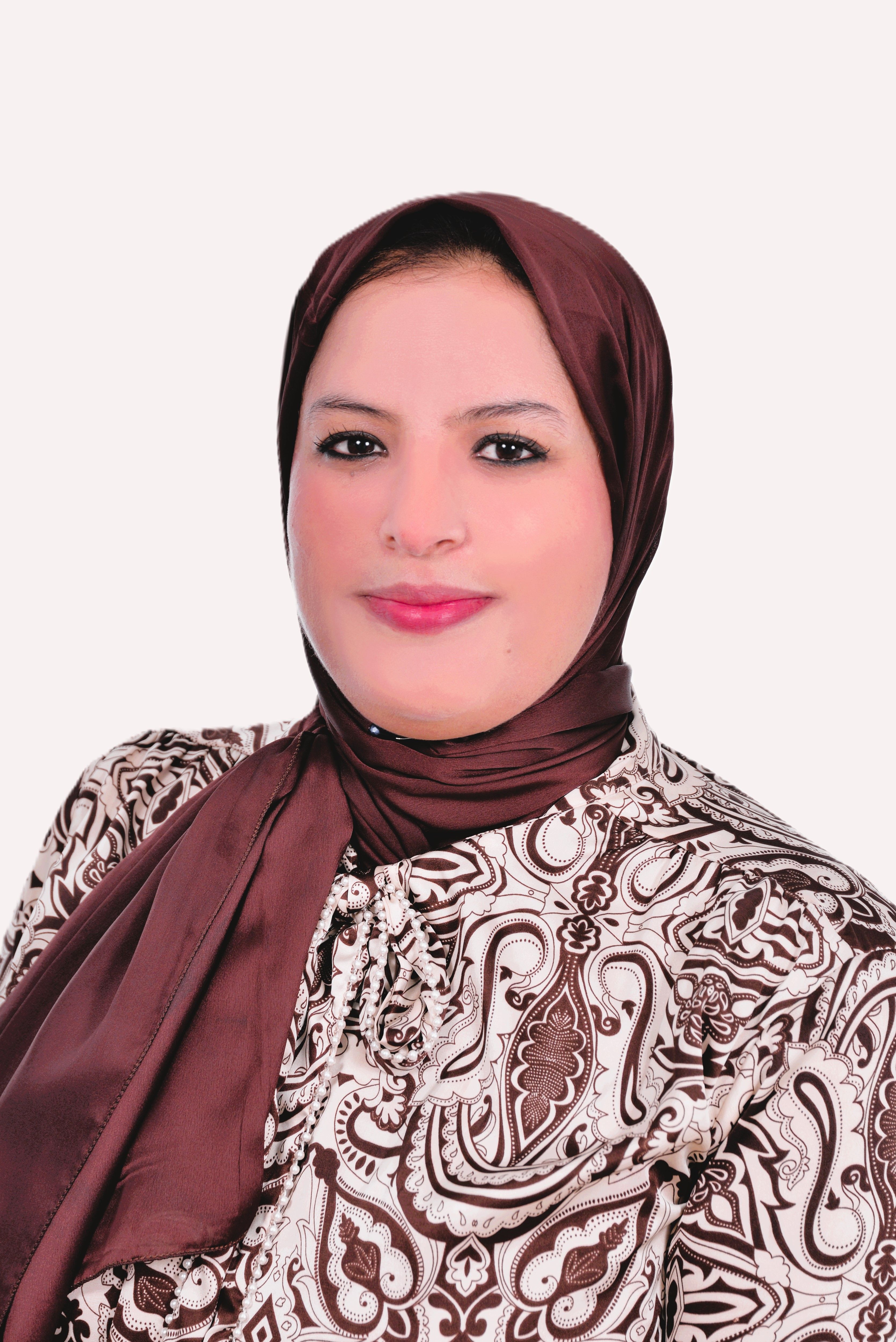Practice Points
- Virtual dance classes for people with multiple sclerosis (MS) can be feasible, safe, and enjoyable. They may also improve depressed mood and pain.
- Our data suggest that motor imagery ability is less accurate for limbs affected by MS symptoms compared with unaffected limbs, a phenomenon known as anisochrony.
Multiple sclerosis (MS) is an autoimmune disease that damages myelin in the central nervous system, resulting in episodic or progressive neurologic symptoms. Treatment includes measures to halt inflammation; address pain, fatigue, mood disorders; and provide psychosocial support. Dance incorporates physical activity, cognitive stimulation, creativity, emotional processing, and social engagement, which may benefit people with MS.
Several studies have investigated the rehabilitative effects of dance in Parkinson disease (PD), stroke, neuropathy, dementia, and, recently, MS. PD dance studies demonstrated feasibility, high adherence rates, and improvement in quality of life (QOL), mobility, and balance.1-4 Small dance studies in stroke and neuropathy also demonstrated feasibility with mobility and balance improvement.5-7 The results of several dementia studies showed dance classes were feasible, had a positive impact on agitation, and potentially reduced anxiety.8 Several small, in-person MS dance studies demonstrated feasibility, satisfaction, and improvement or possible improvement in upper and lower extremity movement, gait, balance, cognition, and QOL.9-14 With limitations imposed by the COVID-19 pandemic, including for travel, we set out to determine the feasibility and enjoyment of a virtual dance class for individuals with MS. This study seeks to lay the groundwork for virtual MS dance programs in the community and for future researchers interested in using a virtual model.
In addition, we were interested in the effect of a virtual dance class on motor imagery, which is the ability to imagine oneself performing a movement. It is common practice in the field of dance to mentally rehearse movement and use metaphorical imagery to evoke movement qualities. Dance research suggests that employing imagery can result in measurable differences in movement.15 Similarly, motor imagery is utilized in sports psychology16 to enhance athletes’ performance. There is some interest in motor imagery as a neurorehabilitation tool; potential benefits have been seen in MS, PD, and stroke.17-21 We investigated whether there are measurable differences in motor imagery ability before and after the dance intervention in a small cohort of participants with MS, as greater understanding of movement and imagery practices could inform new rehabilitative strategies.
Methods
Participants
Thirteen participants were recruited from the University of Pennsylvania neurology clinic. They were not randomly assigned and there was no control group. Inclusion criteria were a diagnosis of MS by McDonald’s criteria, age at least 18 years, an Expanded Disability Status Scale score from 2.5 to 6.5, and the ability to safely perform dance material and motor imagery assessments. Exclusion criteria were an inability to follow study instructions, MS exacerbation within 3 months of study enrollment, other significant ongoing medical comorbidity, a change in disease-modifying therapy within 6 months prior to study enrollment, or dalfampridine initiation within 30 days before study enrollment. Each participant signed informed consent, which was approved by the University of Pennsylvania Institutional Review Board. For safety, participants were required to have another person home during the class or provide their address in case of an emergency.
Virtual Modern Dance Program
Participants attended twice-weekly dance classes for 5 weeks, taught in real-time over the Zoom video platform. Participant equipment included a computer (12-inch screen minimum), internet connection, 25 sq ft of space, and a sturdy chair. The class was led by 2 instructors (A.P. and M.S.S.), with 1 demonstrating and 1 offering feedback. All dance phrases could be performed from a chair, and several were adapted to a standing position for those who were interested. Modern dance style, based on the Humphrey-Limón technique,22,23 was chosen because of author and instructor experience. Both instructors were professional dancers with expertise in this dance form and had more than 3 years of experience working with people with disabilities. The program aimed to teach comprehensive dance to enhance body awareness and psychosocial well-being while providing low- to moderate-intensity exercise. Each class included a warmup; individual sequences focusing on the spine, hands, and feet; a full-body piece of choreography; and a cooldown. Metaphorical imagery was used to teach movement quality (ie, “Push your arms forward as if moving water”) but was not the primary focus. Dancing was set to music of varying tempos, time signatures, and genres (eg, classical, jazz, piano for modern dance). Participant feedback was incorporated to enhance learning.
Feasibility
The primary end point of this study was to evaluate the feasibility of a virtual dance program. We tabulated participant demographics, total study enrollment time, class attendance, and adverse events (AEs). Participants who missed classes provided reasons for their absences. AEs were defined as injury, safety concerns, and discontent resulting from the class and were tracked by observation and report. Participants completed a survey using a Likert scale to rate class satisfaction, and they described class impact and gave feedback in free-response sections.
QOL
QOL data were collected as a secondary outcome. Depression, anxiety, fatigue, pain, cognitive fog, and overall health status data were collected before and after the intervention via surveys: Beck Depression Inventory Fast Screen (BDI-FS), Generalized Anxiety Disorder 7 (GAD-7), Modified Fatigue Impact Scale 5-item version (MFIS-5), Medical Outcomes Study Pain Effects Scale (PES), Perceived Deficits Questionnaire 5-item version (PDQ-5; to measure perceived cognitive fog), and the 36-item Short Form Survey (SF-36). Data were collected 1 day to 3 weeks before the start of the intervention and within 1 week after the last class.
Motor Imagery Analysis
Motor imagery ability was measured through mental chronometry24 1 day to 3 weeks prior to the start of the intervention and within 1 week after the last class ended. Participants performed a simple movement (A) and imagined performing the same movement at the same pace while remaining physically still (B). Trials were carried out in ABBA format. For upper extremities, participants used their pointer finger to trace back and forth between the wrist and elbow 3 times on the opposite arm. For the lower extremities, participants used the heel to trace back and forth between the knee and ankle of the opposite leg 3 times. The tracings and imagined tracings were performed on the right and left sides and recorded on video. The time to perform a physical movement was measured by reviewing video footage. For imagined movements, the researcher instructed the participant to begin imagining and the participant reported when they had finished by saying done. The elapsed time was measured on the video. Measurements were completed by 1 researcher (A.P.) blinded to whether the video was from before or after the dance intervention and compared as a ratio. A ratio closer to 1 indicated better accuracy of imagined movements compared with physically performed movements. Participants reported which extremities were affected by MS so that motor imagery accuracy could be compared between affected and unaffected limbs. The dance technique incorporated metaphorical imagery, but mental chronometry was not explicitly taught during the classes.
Statistics
Data for questionnaires and mental chronometry were checked for normality using the Shapiro-Wilk test of normality. The data were not normally distributed and therefore, the Wilcoxon signed-rank test was used with continuity correction to determine whether there were notable changes within these nonparametric data sets. Significance was determined to be P < .05.
Results
Feasibility
Feasibility data are summarized in Table 1. Study enrollment was completed in 6 weeks. Participants were between 41 and 69 years old; 12 women and 1 man enrolled. The study was completed by 12 of 13 participants who attended at least 8 of 10 classes. Absences were due to personal scheduling conflicts or unrelated illnesses. There were no AEs. Most participants enjoyed the class, would attend a similar class in the future, would recommend a dance class to others with MS, and felt the virtual platform was effective. Many said they would prefer virtual classes in the future as well. Feedback was overwhelmingly positive, and representative excerpts reflecting all themes expressed are included in Table S1. While some found the movements to be too easy, others considered them difficult; however, no other negative feedback was reported. Suggestions for future programs included offering classes for different ability levels, more opportunity for discussion at the start of class, and restricting classes to once weekly due to schedule constraints. Comments on imagery were not prompted, but 1 participant reflected that “using imagery...helped me in class and at work.”
QOL Outcomes
There were no significant differences pre- and post intervention in BDI-FS (P = .12), GAD-7 (P = 056), MFIS (P = .96), PES (P = .20), or PDQ-5 (P = .93). There were no statistically significant differences in the SF-36 subcategories of physical functioning (P = .63), role limitations due to physical health (P = .25), role limitations due to emotional problems (P = .34), energy fatigue (P = .59), emotional well-being (P = .12), social functioning (P = .67), pain (P = .77), general health (P = .43), and health change (P = .77). Despite lack of statistically significant differences, there were indications of possible improvements following the intervention. While the BDI-FS median remained the same before and after, there was a notable shift in the data range toward lower scores (Figure A). Additionally, there was a notable drop in the PES median, although the range of the data remained unchanged (Figure B).
Motor Imagery
For unaffected extremities, evaluation of the data showed a median closer to 1 and a narrow data range (Figure C). For extremities affected by MS, the median was greater than 1 and the data range was broad (Figure D). For unaffected limbs, postdance mental motor chronometry ratios were further from 1 than predance ratios and this approached significance (P =.07). Mental motor chronometry ratios did not change following dance intervention for limbs affected by MS (P = .89).
Discussion
Feasibility and Class Satisfaction
The results of this study demonstrate that a virtual dance program is feasible and enjoyable for individuals with MS. Retention was high (92%) and there were no AEs. Most participants enjoyed the dance classes (92%), would participate again (75%), and would recommend dance classes to others with MS (100%). The virtual platform worked well for 92% of participants and 42% preferred it over future in-person classes (Table 1). While in-person classes offer benefits like more nuanced instruction and closer social interaction, virtual classes enhance accessibility by eliminating travel. Most participants regarded the virtual dance program positively and expressed a desire to continue (Table S1). Other studies have demonstrated the feasibility of in-person dance classes for people with MS9-11 and have reported improvement in gait, balance, extremity function, and endurance.10,12-14 Another study demonstrated the feasibility of virtually taught dance classes for people with PD.3 Participants in a virtual MS well-ness intervention had significant improvement in emotional well-being, pain, and mindfulness.25 To our knowledge, our study is the first to demonstrate the feasibility of a virtual MS dance program.
QOL Outcomes
This feasibility study found no significant changes in QOL measures, but it was not powered to detect such differences. However, the data suggest possible improvements in depression and pain through dance. The BDI-FS median remained unchanged, but the data range shifted to lower scores after the intervention, which suggests possible improvement in mood (Figure A). The median PES score also decreased after the intervention, although the data range remained unchanged (Figure B). Other MS dance studies corroborate the improvement in depression and fatigue.11,13 A study of healthy female university students reported that those who danced reported higher levels of mindfulness and life satisfaction, with dance being the most strongly associated factor.26 Given the challenges of treating mood and pain symptoms in MS, dance could serve as an additional strategy. Larger MS dance studies are needed to further explore the effects of dance on QOL.
Motor Imagery
Motor imagery is the ability to envision movement without physically moving. Although not statistically significant, our data suggest there was less motor imagery accuracy in extremities affected by MS compared with unaffected limbs (Figure C and Figure D), a phenomenon known as anisochrony, which has previously been described in MS and stroke.27-33 Research indicates motor imagery practices can enhance neurologic rehabilitation, reducing anisochrony and improving motor function, fatigue, mood, and QOL for people with MS, particularly when combined with musical and verbal cues.17,21,34 Motor imagery training in stroke and PD may also improve motor function.19,20 Dance is a natural method to practice physical and envisioned movement, as imagery is often invoked to teach dance patterns and qualities. In our study, motor imagery ratios for unaffected limbs moved further from 1 after the intervention, nearing statistical significance (P =.07, Figure C). This means that the imagined movement time increased compared with the performed movement or the performed movement time decreased compared with the imagined movement. There are different interpretations of this result, including (1) physical movement became faster through dance, or (2) imagined movement time lengthened by practicing imagery in more detail through dance. There were no significant changes in motor imagery for MS-affected limbs (Figure D). A better understanding of anisochrony and motor imagery could lead to greater improvement through dance or other rehabilitation strategies.
Study Limitations
This study was designed to evaluate the feasibility of a virtual dance program for people with MS. The small study size and short duration may have limited our findings. Our dance class incorporated elements of imagery, but this was not the primary focus. Secondary outcomes (QOL measures and motor imagery) must be interpreted with caution because the sample size was small and there was no control group.
Conclusions
This study demonstrated that virtual dance classes for people with MS are feasible and enjoyable, with preliminary evidence suggesting they lead to possible improvement in depression and pain. Our data suggest motor imagery anisochrony among the MS study participants. Motor imagery anisochrony did not change with the dance intervention but raises questions for optimizing future dance class design to guide motor imagery and potentially improve mobility.










